During the interview with Gazeta.uz, William Zeitz explained how the poverty line in Uzbekistan was set at 5,600 soums a day.
As he noted that the poverty rate indicator determined by the World Bank cannot be a substitute for indicators used either at the national level or other indicators. On the contrary, this should be viewed as a specific approach to compare the differences in the cost of living of each country in international level. That is what economists call this comparison as the “Purchasing Power Parity” (PPP) conversion rates that measures the power of local currency in another country. Exchange rates based on the PPP conversion factor are calculated to ensure that the prices of the common basket of goods and services are the same in all countries.
The approximate cost of living based on the prices of goods and services worldwide is taken into account when applying the above approach and it is calculated by the International Comparison Program. The program was established by the UN Statistical Commission and today managed by the World Bank.
How is the extreme poverty line based on PPP conversion determined in developing and developed countries?
- Indeed, since the international poverty line even consider the living costs of the poorest countries across the world, it does not mean a great deal for the high-income countries. This indicator usually increases in levels with the growth of prosperity in the country. As the countries get richer, they become stronger and set higher standards to reduce poverty.
To partially fill this gap, the World Bank introduced a classification of poverty by income as a supplementary concept of an “international poverty indicator”. In this case, the basic approach stays the same:
- The level of citizens' income based on the value of the national poverty line belongs to one of four country groups: low-income countries ($ 1,035 or less per person per year), low-middle income ($ 1036-4045 per year), medium-high income (4046-12535 per year) dollars) and high income ($ 12,536 or more per year).
As a result, the poverty line for average low-income countries, including Uzbekistan, was set at $ 3.2 per person a day, and for high-middle-income countries at $ 5.50 per person a day. All are calculated taking into account the PPP.
- How does the international method of calculating poverty line work in Uzbekistan case?
- To calculate the international poverty line in Uzbek soums to simplify the comparison, a number of corrections must be made, which are often confused by the public. For example, most national measurements in Uzbekistan are carried out on a monthly basis and often refer to households or families, and the practice of estimating values per person a day is usually not applied here.
After converting soums at PPP and adjusting for inflation at the beginning of 2020, $3.2 turns out to be 5,600 soums a day, and $ 5.5 be 9,600 soums a day. If we convert these values into a monthly basis, we will have about 170 thousand and 290 thousand soums, respectively. And, finally, if we do the calculation in a household level, these values will be in the range of 840-990 thousand soums per month for the lowest level of poverty, and in the range from 1 million 450 thousand to 1 million 700 thousand soums per month for the highest level of poverty, depending on the size of the household.
What is the mechanism for calculating the PPP conversion factor in Uzbekistan? What products does it include?
- International PPP calculations mainly use two data sources. First, it is the final estimate of the expenditures included in the gross domestic product (GDP) according to the calculations and reports of the State Committee on Statistics of Uzbekistan. Secondly, it is a database that tracks the price of a number of goods and services in each country. In the latter case, data collection is usually carried out through national price surveys for common basket of goods and services. The method for calculating PPP rates depends on how much a country spends on each product or service, and how much it is more or less expensive in other countries of the world.
According to the PPP conversion rate, the cost of living in Uzbekistan is much lower than in many countries around the world. In other words, most of the goods and services in the country are relatively cheap.
This conclusion has been confirmed many times and can be re-examined by collecting data on prices in Uzbekistan and comparing them with similar data from other countries. For example, according to a recent analysis of the prices of about 160 goods and services conducted by The Economist Intelligence Unit, Tashkent is listed in the top five cheapest cities in the world compared to the average cost of living in Almaty and other Megapolis cities.
Of course, this conclusion will surprise many people in Uzbekistan. But even so, let’s try to understand how this method of comparison works in practice. For example, if we take the cost of a subway ride, the cost of a ticket for one trip on this type of public transport is about 4.9 pounds in London, or about 68 thousand soums based on today's exchange rate. However, the cost of the same service in the Tashkent subway is 1,400 soums, or about 0.1 pounds, which is almost fifty times cheaper even though the Tashkent metro offer the same, perhaps higher service as the London metro does.
Undoubtedly, not all examples are the same, but the trend is clear: the cost of a number of goods and services in Uzbekistan (especially important for the poor) is much lower than in high-income countries. These differences partially explain the difference between market exchange rates and the exchange rates based on the PPP.
Read the full interview here.
Bobojanov Shakhrukh translation
Leading Research Specialist
Center for Economic Research and Reforms

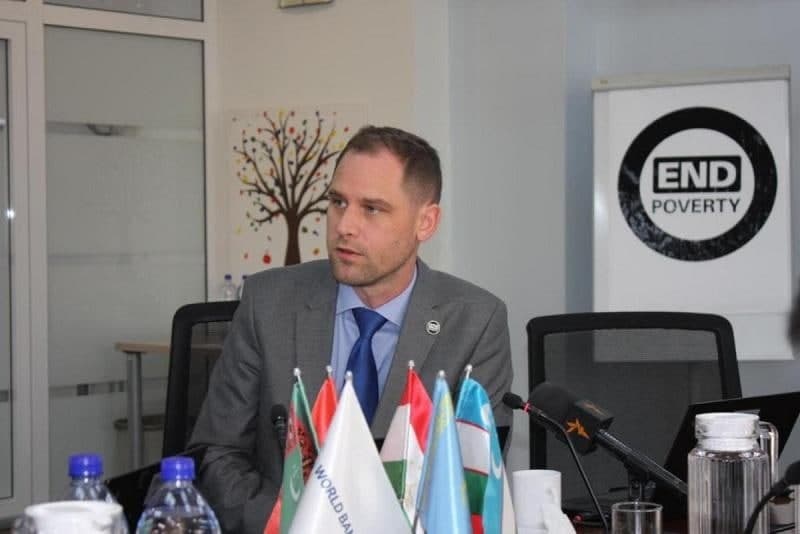

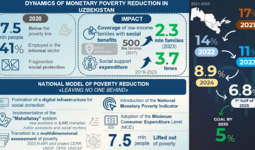
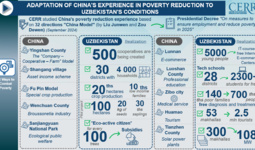
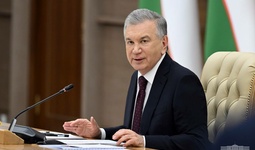
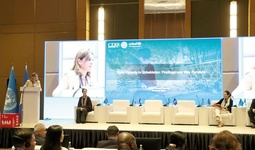
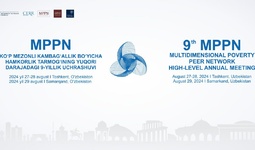













leave a comment